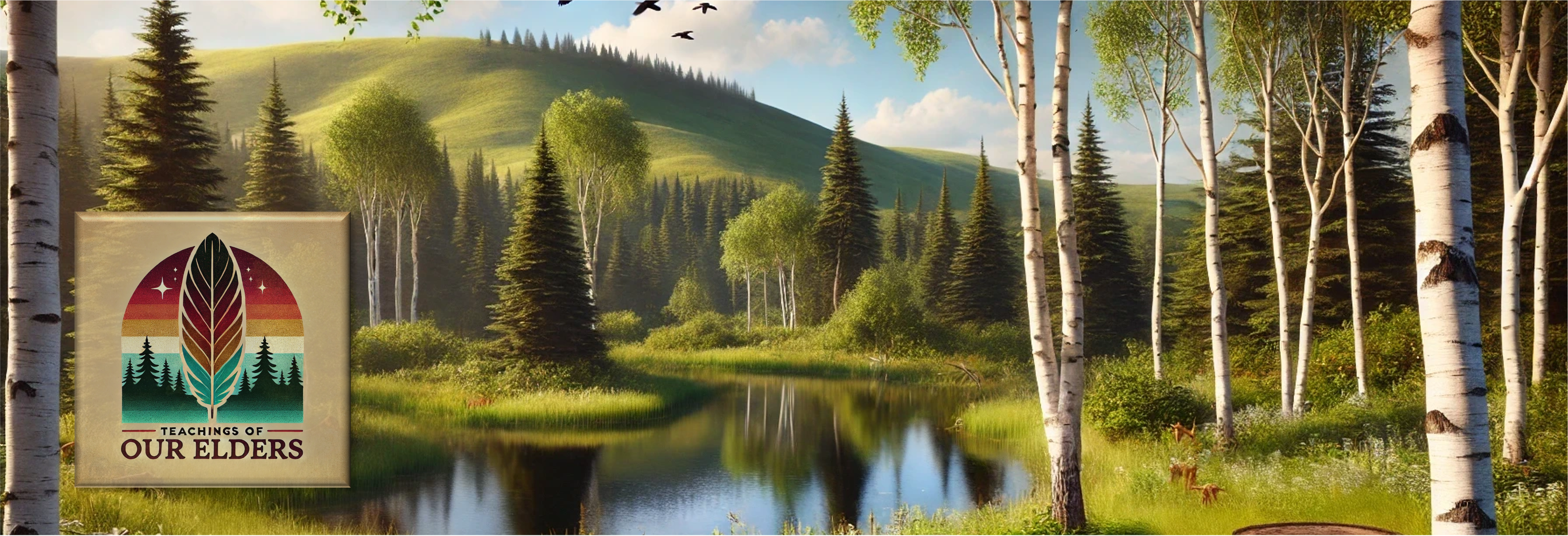| Inquiry Design Model (IDM) Blueprint™ |
| “The Meaning of Sovereignty” |
| NDNAEU 5 “Tribal Policies, Treaties and Sovereignty” |
| Compelling Question | What is the relationship between federal, state, and tribal governments? |
| Standards and Practices | C.6_12.2.4 Explain the relationship among federal, state, tribal, and local governmental powers. C.6_12.2.5 Explain the purposes, organization, powers, and processes of tribal and local governments. US.6_12.1-6.E2.4 Explain the changing Native American federal policy and the impact on tribal sovereignty. |
| Staging the Question | What do the words Sovereign/Sovereignty mean? |
| Supporting Question 1 | Supporting Question 2 |
| What causes peace and harmony to break down among people? | Have I ever had a significant promise broken in my life? How did it affect me? Was I ever able to develop trust again? How? |
| Formative Performance Task | Formative Performance Task |
| Students will watch video of Dr. Wayne Fox and answer the supporting question the best they can based on their previous knowledge and information from the video. Students will read the article on the Indian Reorganization Act (IRA). | Students will watch the video of Debbe Poitra and answer the supporting question the best they can based on their previous knowledge and information from the video. Students will read the article on Tribal Governments. |
| Featured Sources | Featured Sources |
| https://teachingsofourelders.org/essential-understanding-5-dr-wayne-fox/ http://ndstudies.gov/gr8/content/unit-iv-modern-north-dakota-1921-present/lesson-4-alliances-and-conflicts/topic-1-indian-citizenship-and-indian-reorganization-act/section-2-indian-reorganization-act | https://teachingsofourelders.org/essential-understanding-5-debbe-poitra/ http://ndstudies.gov/gr8/content/unit-iv-modern-north-dakota-1921-present/lesson-4-alliances-and-conflicts/topic-1-indian-citizenship-and-indian-reorganization-act/section-3-tribal-governments |
| SUMMATIVE PERFORMANCE TASK: Supported Claim (written/spoken) or Demonstration of Process (project-based) | Citizenship, voting rights, and tribal sovereignty were part of a long process of changing the status of American Indians from wards of the federal government to full citizenship and tribal sovereignty. Complete the questions below. Discuss with a partner, small group, or class. 1. Why didn’t the law granting full citizenship to all non-citizen Indians born in the United States end discrimination against Indians who wanted to vote? 2. How did the passage of the Indian Reorganization Act (IRA) of 1934 impact the problems that allotment had brought to the reservations? |
| SUMMATIVE PERFORMANCE TASK: Extension | List facts about what types of government were established by the tribes of the four Indian reservations in North Dakota as a result of the Indian Reorganization Act. |
| Taking Informed Action / Real World Application | It is incumbent upon all of us to be informed and engaged citizens. Use this knowledge to recognize how governments operate and interact. |

